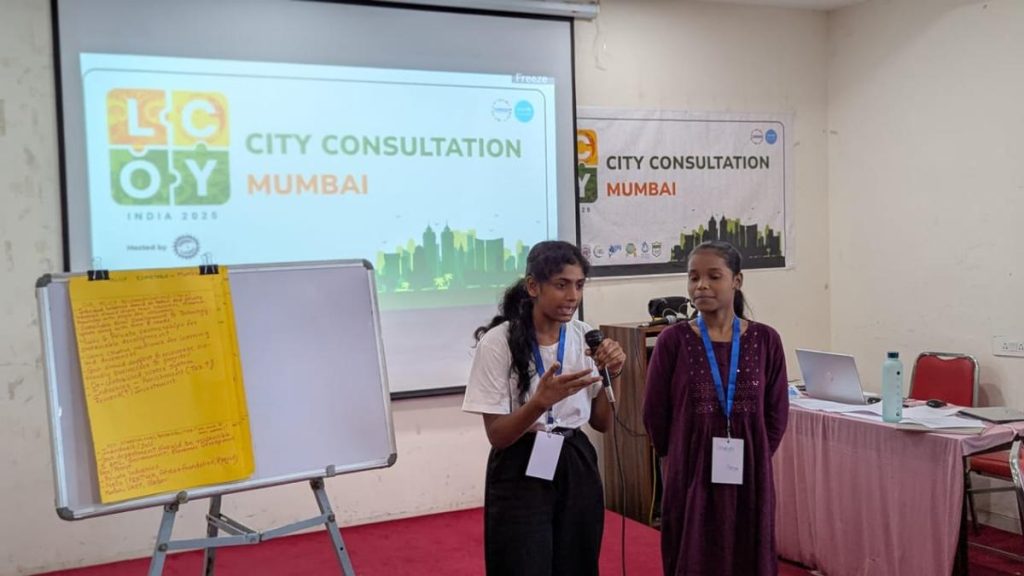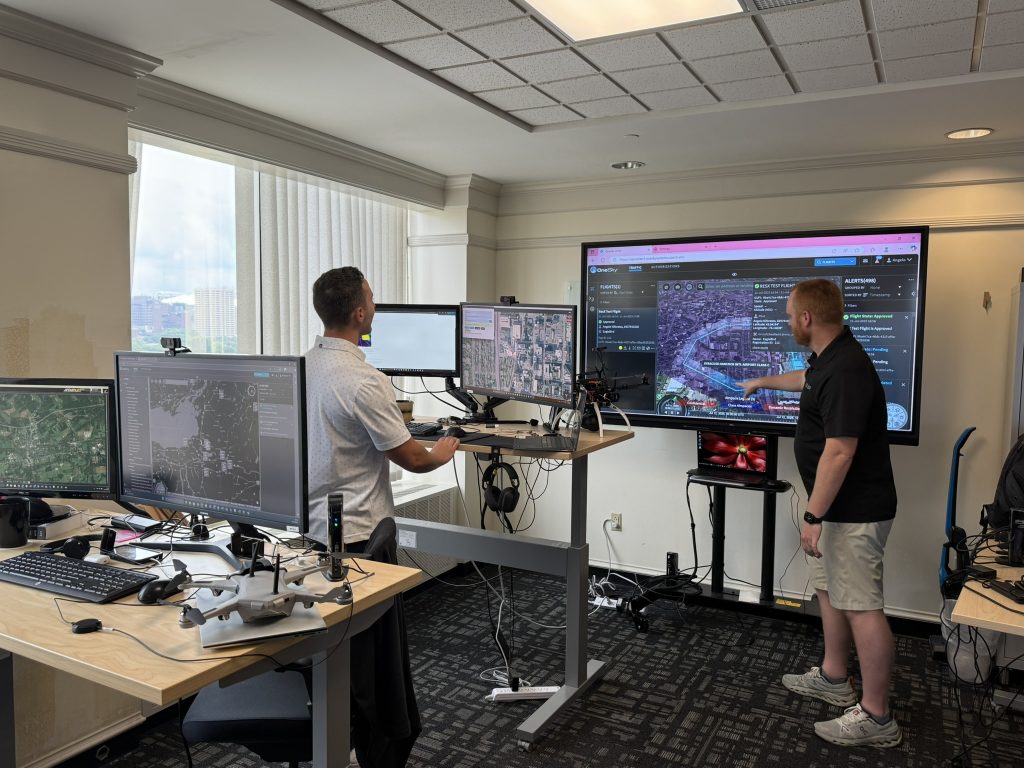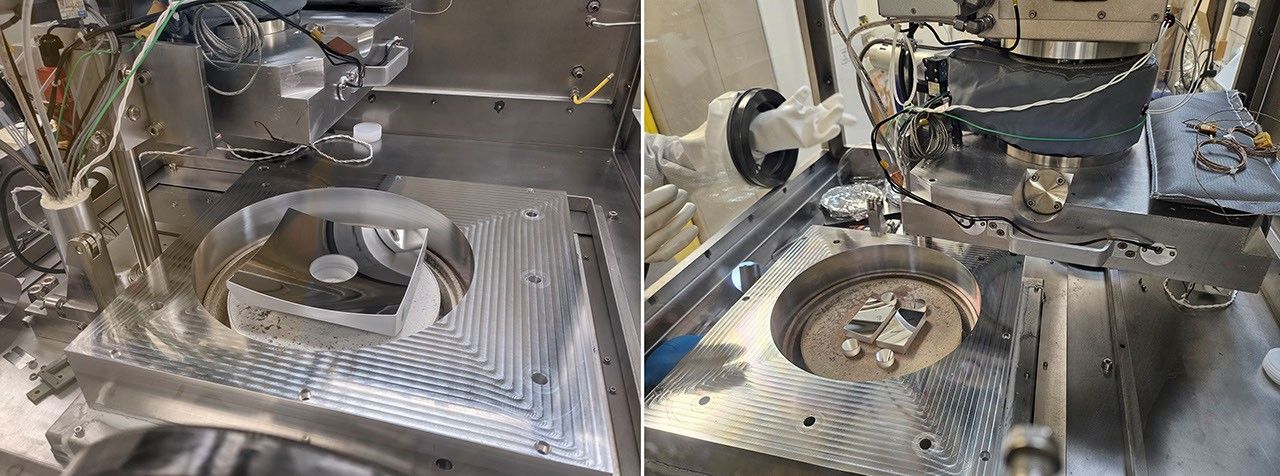Now Reading: Abigail Howard Leads Thermal Systems for Artemis Rovers
-
01
Abigail Howard Leads Thermal Systems for Artemis Rovers
Abigail Howard Leads Thermal Systems for Artemis Rovers
Speedy Summary
- The lunar South Pole presents temperature extremes of 130°F (54°C) in sunlight and -334°F (-203°C) in shadows, posing challenges for NASA’s Artemis campaign.
- Abigail Howard, a thermal systems manager at Johnson Space Center, assesses how materials respond to these conditions.
- Howard leads a team addressing passive thermal design for rovers and related tools in the Extravehicular activity and Human Surface Mobility Program.
- Her work transitioned from analysis to management rapidly, requiring swift learning and leadership adaptation.
- Key achievements include work on artemis I launch success and LTV Source Evaluation Board involvement.
- She emphasizes the importance of team dynamics in professional success.
- Howard advises peers to overcome imposter syndrome by focusing on their abilities.
indian Opinion Analysis
The growth of efficient thermal management systems is crucial for sustaining human activity during NASA’s planned lunar missions. Abigail Howard’s role exemplifies the intricate challenges faced by engineers striving for long-term human presence on the Moon. Her insights underline both technical prowess and effective leadership as vital components in achieving mission goals. For India, which has its own enterprising space exploration plans including the Chandrayaan missions, developments like these offer learning opportunities about international best practices in space engineering. Collaborative knowledge sharing with entities such as NASA could further enhance India’s capacity building within its aerospace sector.




























